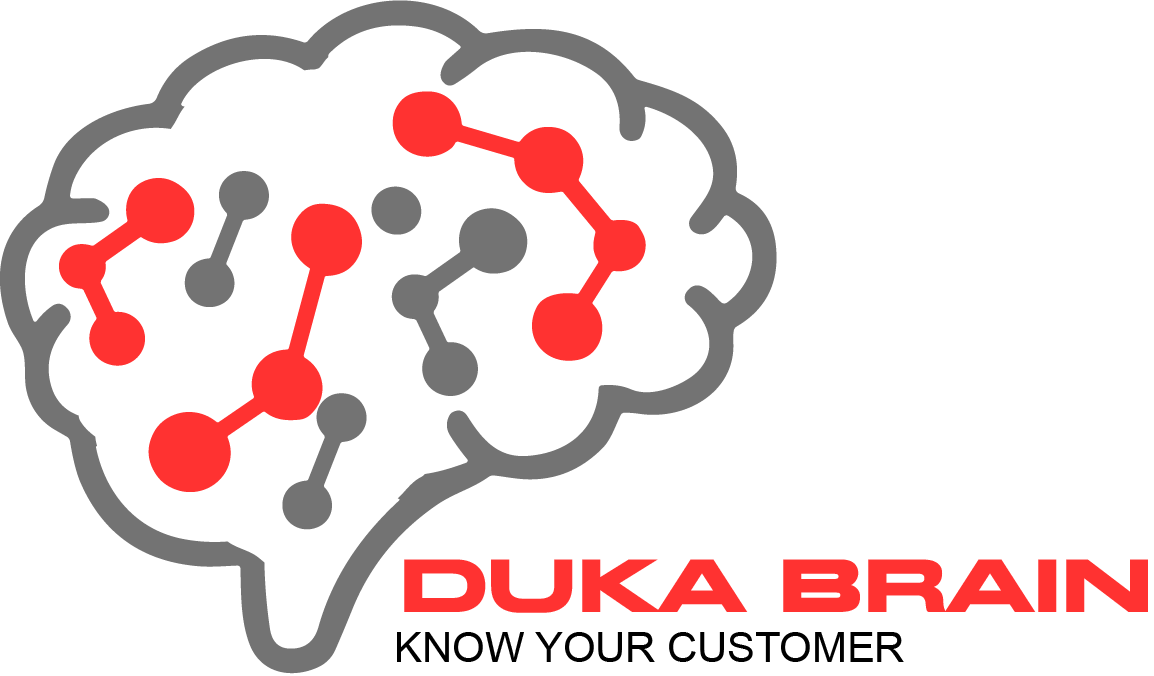Introduction: Google’s Antitrust Judgment—What Just Happened and Why It Matters Now
When the Justice Department’s landmark case against Google came to a head this month, every marketer’s eyes were glued to their newsfeeds. The verdict? Google—for now—remains intact. The demand that the search giant break off its Chrome browser or radically alter its search business was rebuffed by the court. The case, as summarized by The Verge, concluded that while Google leverages its dominance brazenly, the proposed remedies were “not warranted” at this time. Initial calls for divestiture (separation of key products like Chrome or ad-tech assets) were refined, but ultimately, Google emerged with its core assets undivided (MediaNama).
Why does this ruling warrant your attention as a brand or digital strategist? In short: Google Search and Chrome are still the gateways to billions of consumer interactions daily. There will be no overnight reordering of the digital landscape, but the regulatory gaze is sharper than ever. For brands dependent on Google’s ecosystem, this is both a relief and a warning shot.
Below, we break down what this judgment means for brands today, how to respond, and why adaptability—not complacency—is the watchword for 2025 and beyond.
Why This Ruling Matters Now: Market Control, Brand Visibility, and the Status Quo
Let’s cut through the legalese: Google’s search algorithm and Chrome browser will remain, at least for now, under the same roof. With Google Search holding over 90% global desktop market share (Statista, 2025), the potential for disruptive change was real had the court ruled otherwise.
What’s at stake is the persistent concentration of power:
- Search Engine Control: Google sets the rules for SEO, ad auctions, and content ranking.
- Chrome Browser Reach: Chrome delivers a consistent, controlled experience to millions, feeding user data and ad targeting mechanisms within Google’s walled garden.
- Advertising Dominance: Google Ads remains the most versatile and comprehensive ad platform by reach, targeting, and attribution.
Impact Table: What the Ruling Means for Brands
| Aspect | Impact on Brands | Explanation |
|---|---|---|
| Search Algorithm Stability | Continuity in SEO strategies | Algorithms stay under Google’s control; no forced transparency or change in mechanics |
| Browser Market Share | Consistent user reach potential | Chrome continues as the dominant browser, ensuring predictable ad/display reach |
| Ad Platform Integrity | Maintains Google Ads’ dominance | Brands must continue to compete in Google’s ecosystem, but also reap platform benefits |
Key Point: The ruling keeps the digital status quo—but with the regulatory spotlight on Google, future shifts could still come, especially as governments worldwide eye big tech more critically.
How Brands Should Respond to the Google Antitrust Outcome
Surviving this regulatory bullet doesn’t make Google’s position invulnerable forever. Brands relying on Google must stay agile and proactive. Here’s what this moment demands:
- Audit Your Dependency: Map out how deeply your marketing relies on Google’s ecosystem—search, display ads, Chrome extensions, YouTube, and Analytics.
- Diversify Digital Spend: Experiment with non-Google ad platforms (Meta, Bing, TikTok), influencer networks, and marketplaces.
- Invest in First-Party Data: Build customer lists, loyalty programs, and engaged communities you own—don’t rent your audience from search and social monopolies.
- SEO with Purpose:
- Prioritize content quality and user experience to weather future algorithm shifts.
- Track SERP changes vigilantly via robust monitoring tools.
- Multi-Platform Programmatic Buys: Expand beyond Google’s DSP; blend your paid strategy with emerging channels.
- Direct Engagement Matters: Double down on email, SMS, and owned apps/portals.
Action Bullet Points for 2025 Digital Marketing Leaders
- Revisit your Google Ads budget: allocate at least 15–20% for channel tests or pilots beyond Google
- Set up a quarterly SEO review to align with Google’s algorithm announcements
- Grow your zero-party and first-party data via interactive content, gated offers, and direct signups
- Cross-train teams to manage multichannel attribution and analytics—not just Google Analytics
- Subscribe to regulatory news alerts—forewarned is forearmed
Connecting to DukaBrain: Smart Tech for a Platform-Dominated Age
At DukaBrain, our mission is simple: to help brands achieve digital ROI no matter who dominates the online ecosystem. In an environment where Google’s supremacy is continually reinforced (and occasionally threatened), DukaBrain’s AI-driven marketing suite offers what the news doesn’t—actionable resilience.
Here’s how DukaBrain helps brands adapt:
- Predictive Analytics for Agile Strategy: Our platform uses real-time data to recommend spend shifts, content pivots, and campaign optimizations as Google's rules and SERPs evolve.
- Multi-Platform Automation: Launch, monitor, and optimize campaigns across search, social, and marketplaces—all guided by AI insights that outpace manual channel juggling.
- First-Party Data Integration: Build and activate audiences using your proprietary customer data, reducing dependency on third-party cookies and opaque platform targeting.
- Responsive Reporting: Pinpoint ROI and performance anomalies instantly—even as Google tweaks its algorithms or ad product rules.
Facing platform volatility? Book a DukaBrain consultation today to establish your marketing “insurance policy” for the next industry shakeup.
Supporting Evidence: Industry Trends Brands Can’t Ignore
Numbers don’t lie. Here’s how Google’s influence stacks up—and how brands are pivoting.
| Data Point | Source | Key Insight |
|---|---|---|
| Google Search Market Share | Statista (2025) | >90% of all global desktop search queries |
| Digital Ad Spend Share | eMarketer (2025) | Google captures ~29% of global digital ad spend |
| Brand Diversification Trends | Forrester (2024) | 67% of brands increased owned-media investment after major regulatory news |
A note on successful pivots:
- Retailer A shifted 30% of its PPC budget to its own app ecosystem. Result: 2x higher retention and lower CPA after a 2024 Google core update.
- SaaS Brand B launched a gated content hub, pulling 10,000+ emails into its CRM in one quarter—future-proofing against third-party cookie uncertainty.
- D2C Challenger C split ad spend across Google, Facebook, and Amazon, then ran A/B tests via DukaBrain. Outcome: 28% improvement in blended ROAS.
FAQs: What Brands Are Asking After the Google Ruling
Will Google’s ad rates increase post-judgment?
The ruling doesn’t directly affect how Google sets its ad pricing. However, as scrutiny increases and more brands diversify, auction pressures could fluctuate. Stay flexible with your paid media spend and monitor CPC/CPM trends monthly.
Should smaller brands diversify away from Google Ads now?
Yes—while Google Ads remains essential for scale, consider testing paid social, native advertising, and influencer tie-ups to reach new, younger, or niche audiences.
How does this affect international markets outside the US?
The US ruling is influential but not binding outside American borders. However, the EU and other regions often follow US regulatory signals, so major changes could eventually impact global ad ecosystems.
Will this ruling force Google to change its data privacy policies?
Privacy standards are determined more by legislation (like GDPR and CCPA) than antitrust rulings. That said, regulatory pressure often brings peripheral reforms. Watch for increased transparency or opt-outs, but don’t pin strategy only on this outcome.
How can AI-backed marketing tools help in this regulatory environment?
AI tools (like DukaBrain) enable you to:
- Detect shifts in platform rules early
- Adjust creative and bid strategies dynamically
- Optimize cross-platform performance to avoid over-reliance on any single channel
Conclusion: Preparing Your Brand for a Stable but Uncertain Future
The court’s decision keeps Google on its throne, at least for now. For marketers and brands, this presents a paradox: the comfort of continuity with the discomfort of dependence. The ecosystem is stable today, but regulatory shockwaves can surface quickly and without warning.
In the face of platform concentration and regulatory ambiguity, adaptability is non-negotiable.
- Double down on your own data and engagement channels
- Use AI to surface insights and test new media mixes
- Invest in continuous learning about platform shifts and compliance
Let DukaBrain navigate this terrain for you. Our AI marketing tech provides the foresight, adaptability, and channel management modern brands need.
Don’t bet your future on the status quo—book a consultation with our digital marketing experts here and future-proof your brand strategy.
For a steady pulse on regulatory, platform, and tech changes, sign up for our newsletter and get practical insights directly to your inbox.
Google may have survived this round. Smart brands will ensure they do too.

